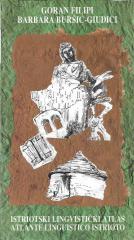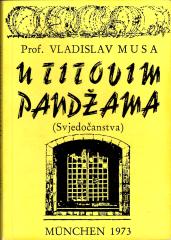
Osječka Tvrđa - Plan obnove i oživljavanja
This book focuses on the restoration and revitalization plan of the Osijek Fortress, an important historical and architectural site in Osijek.
Osječka Tvrđa is a baroque military fort from the 18th century, located on the right bank of the Drava River. Construction began in 1712 under the supervision of Prince Eugene of Savoy, and was mostly completed by 1722.
After the liberation of Osijek from Ottoman rule in 1687, the Austrian military authorities decided to build a new fortress at the strategically important crossing over the Drava1. The fortress was built on the model of Dutch lowland fortifications, and was designed by Mathias von Kaiserfeld and Maximilian Gosseau de Henef.
The fortress was a multi-ethnic town in the 18th and 19th centuries, where local residents and immigrants from various parts of Europe lived, including Styria, Carniola, Bavaria, Italy, France and others1. The official languages were Latin and German, but other languages such as Modern Greek, Italian and French were also spoken.
Today, the Fortress is known for its Baroque buildings, including churches, museums, schools and other public buildings. Although many of the fortifications were removed in the 1920s, the inner core of the fortress remained preserved.
One copy is available





